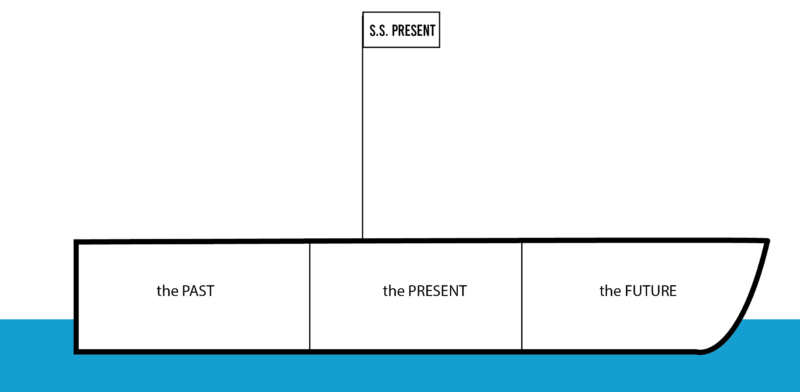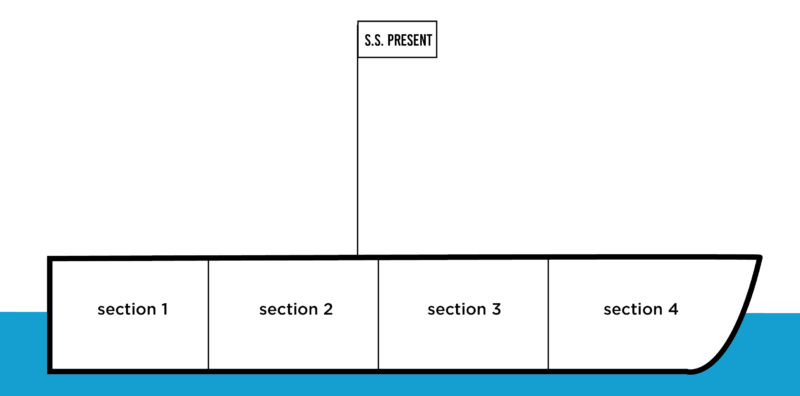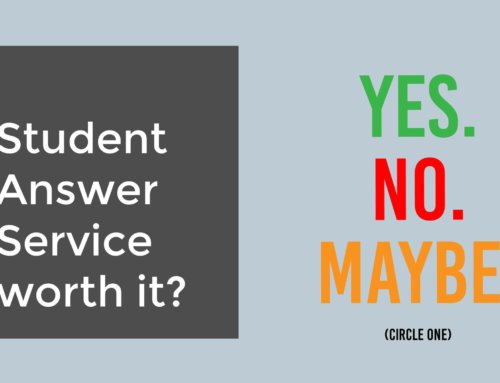It’s hard to find a book written 80 years ago that still has a place in our culture.
I mean, sure, in school we’re made to read The Scarlet Letter, but who actually wants to?
If there’s one book that has aged well, a book that people choose to read, it’s How to Win Friends and Influence People by Dale Carnegie.
Often cited as the bible of anyone in sales or business, it’s sold 15 million copies since it was published in 1936.
You’re probably wondering just how a book about sales or business is going to help you get ready for the SAT?
Well, it’s not. I just needed a decent intro
It’s in Carnegie’s other book, How to Stop Worrying and Start Living, that we find a great lesson you can use on test day.
Living in Day-Tight Compartments
In a nutshell, Carnegie explains that massive ships crossing the Atlantic have water-tight compartments that have the ability to immediately shut off from one another.
In the event there’s a leak in the ship, iron doors slam shut and prevent the leak from spreading to other parts of the vessel.
It’s damage control.
He contends we can use this principle in our own lives. Since most anxiety comes from not living in the present, by slamming the iron curtains to the past and future compartments of our lives, we can eliminate most anxiety.

“Great advice, Andre! But why is this useful for the SAT?”
I’m getting there, Susan.
Take the SAT in Question-tight and Section-tight Compartments
So you show up on test day, and you just finished section 1.
It was rough. You ran out of time, and had to guess on a couple of questions at the end.
Here’s the question: Are you going to let one bad section taint the rest of your test?
Each section is independent from the other, and your performance on the Reading should have no bearing on the Writing. Your performance on the Writing should have no impact on your Math performance.
Once a section is over. Done. Kaput. Finished. Finito! Throw down those iron doors and now focus on the next section.

This mindset applies to not just sections, but also questions on the test.
When you’re on question 13, you are only on question 13.
Question 14 doesn’t exist. Question 12? Never heard of it.
Get it?
Be a buddhist monk…at least on test day
I know I’m going to sound like a hippie when I say this, but it’s true: the present moment is all that exists.
The past is an old present, and the future is a present moment that hasn’t happened yet.
If you’re not present in every moment of the test, you’re going to make mistakes.
You’ll forget to distribute, solve for x when the question was asking for 2x, or miss the purpose of the paragraph you’re reading.
Channeling your Zen Buddha is the key to your highest test scores.
Now go and kick some tush.




